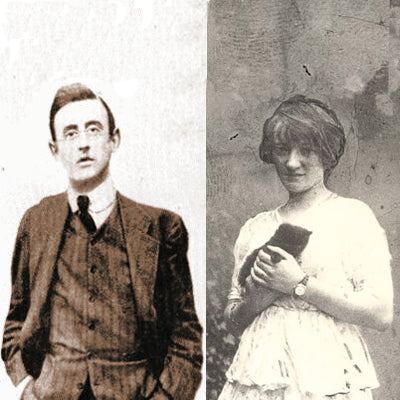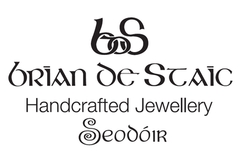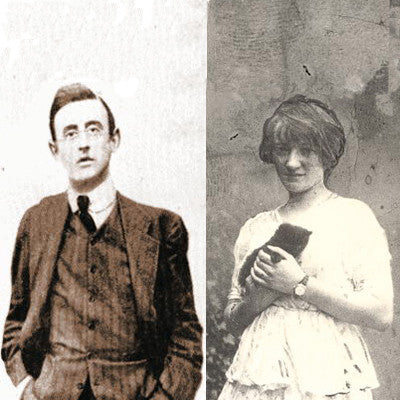
Joseph Plunkett and Grace Gifford’s marriage was one of the many personal tragedies of 1916
The 1916 rising changed the course of Irish history. While pundits and historians reflect on what it was all for one hundred years on, it has always been seen in Ireland as the sacrifice of a few for many.
Although their doomed effort is regarded as an act of heroism, the resonance with Irish people was in its great tragedies. One such is the marriage of Joseph Plunkett and Grace Gifford.
Joseph Plunkett was a well-educated and affluent Dubliner. While more fortunate Dubliners like him didn’t suffer under British rule, he had a keen love of Irish heritage and language. Soon after joining the Irish Republican Brotherhood in 1915, he was sent to Germany to request arms for a rebellion.
Grace Gifford was a Protestant from Rathmines, South Dublin. Her father was a Cahtlolic and her mother a Protestant, all the boys in her family were baptised Catholic, the girls Protestants. This was the custom in Ireland in order to avoid sectarian strife between the largely British origin Protestant population and the Gaelic descended Catholic population.
Grace would be baptised a Catholic in April 1916, spurred by her love Joseph Plunkett, who had proposed to her the year before. His family were staunchly Catholic, his father George Noble Plunkett being a Papal Count. The couple were due to be married Easter Sunday of 1916. But of course the timing of the rebellion saw those plans undone.
Plunkett’s close friend and fellow Republican Thomas MacDonagh, who was married to Grace’s sister, was executed for his part in the rebellion. Upon learning Joseph was to be next, Grace bought a wedding wing and married Joseph in Kilmainham Gaol. He was executed a few hours later at dawn. Grace Gifford never re-married.

